Kare11
Charges say man was targeted in fatal St. Paul shooting


“From the video it’s apparent that LDC (Lul Dak Chak) was targeted and executed,” the charging documents state.
ST PAUL, Minn. — A Minneapolis man has been charged with murder after he allegedly killed a man in St. Paul.
Squads were called to the 1200 block of University Ave. W around 12:30 a.m. on Tuesday after a 911 caller reported hearing gunshots and seeing a person lying on the ground.
Responding officers found 32-year-old Lul Dak Chak unconscious and suffering multiple gunshot wounds, according to the charging document. Medics arrived on the scene and pronounced Chak deceased.
Witnesses of the shooting told police that two men exited a Subaru, shot Chak multiple times and then fled. One of the witnesses told police Chak said he was going to buy narcotics, according to the charging documents.
Surveillance video from the parking lot showed a Subaru moving around the lot multiple times before Chak approached the car. The footage allegedly shows the driver and passenger of the car exit, shoot Chak multiple times, walk closer to his body and then shoot him again, before leaving the lot.
“From the video it’s apparent that LDC (Lul Dak Chak) was targeted and executed,” the charging document states.
Investigators used surveillance video to track the car back to an apartment in Minneapolis, where the car’s owner lived.
The woman who owned the car told police her boyfriend, 22-year-old Kueth Chuol Ngut, had taken her vehicle on the night of the shooting, according to charging documents. She also identified one of the men as Ngut after police showed her parking lot surveillance footage.
Officers executed a search warrant on the woman’s apartment, where they found and arrested Ngut, and located a gun with ammunition that contained some identical headstamps to the casings that were found near the scene of Chak’s shooting.
Ngut was allegedly hostile and dismissive when investigators attempted to interview him.
This is a developing story and will be updated as more information becomes available.
Kare11
Minneapolis landmark with century-old legacy for sale

The building at 1000 Oliver Avenue North, once home to Mikro Kodesh synagogue and Disciples Ministry Church, could get a new buyer soon.
MINNEAPOLIS — In the Near North neighborhood of Minneapolis, the century-old building located at 1000 Oliver Avenue North evokes warm memories from people from all walks of life.
Built in 1926, the city-designated historic landmark is one of the more unique structures on the North Side. Towering over a residential neighborhood just a few blocks from Highway 55, this brick-and-stone gem totals more than 17,000 square feet, instantly recognizable by features such as the grand stairwell, arched entryway and elegant domes atop the roof.
Some know the building as Mikro Kodesh, the name of the synagogue that was located here from 1926 until the end of the 1960s and at one point was considered the largest Orthodox congregation in the Upper Midwest. Others know the building as the non-denominational Disciples Ministry Church, led by the late Pastor Paul Arnopoulos, who took over the space in 1980 and helped thousands of Twin Cities families here as a part of the church’s mission work until closing in 2012.
Now, after more than a decade of inactivity, Paul’s wife Jeanine Arnopoulos has placed 1000 Oliver Avenue North for sale.
Listing the property at more than $5 million, Arnopoulos hopes a new buyer can preserve the character of the historic landmark with the opportunity to develop several vacant lots around the structure.
She acknowledges the move is somewhat bittersweet.
“It’s kind of exciting, though, because it’s like a new chapter,” Arnopoulos said. “I am looking forward to the building being used again, and having people come in the building. I’m hoping a developer will have a vision to be able to work with the community.”
To this day, the building at 1000 Oliver Avenue North retains many of its original characteristics from Mikro Kodesh synagogue. The words Mikro Kodesh remain imprinted over the front entryway, accompanied by many Stars of David and Hebrew lettering on both the exterior and interior. These prominent features seem to have transcended time, serving as a reminder of the neighborhood’s bygone era.


“Even though the Mikro Kodesh congregation no longer resides at the location,” the city wrote in its official profile of the historic landmark, “the building remains physical evidence of a once vibrant Jewish community in north Minneapolis.”
Mikro Kodesh was one of many synagogues located on the North Side during the first half of the 20th century, at a time when Minneapolis had earned an infamous reputation for anti-Semitism. Dubbed by the journalist Carey McWilliams in 1946 as the nation’s “capitol of anti-Semitism,” the city’s Jewish population faced significant housing and employment discrimination and could not hold certain jobs or apply to certain social clubs through most of the 1940s.
As one of the hubs for Jewish life in Minneapolis during this period, Mikro Kodesh served a large population of Eastern European immigrants, many of whom had fled persecution and violent anti-Semitic pogroms seeking a better life in the United States.
Bonnie Blumberg, whose father came to the U.S. from Russia, attended Mikro Kodesh as a child in the 1940s and 1950s.
“It was very important,” Blumberg said. “Although there were other synagogues, this particular synagogue was more open, it seemed, to everyone. And so many people congregated there for different events. It was just a very comfortable feeling.”
In June 1965, Rabbi Nahum Schulman — a longtime fixture at Mikro Kodesh — married Bonnie and her husband David Blumberg at the synagogue.
“I’d like to think that I was calm and relaxed, but pictures from that day would show otherwise,” David said with a laugh. “It was a fun day, all and all.”

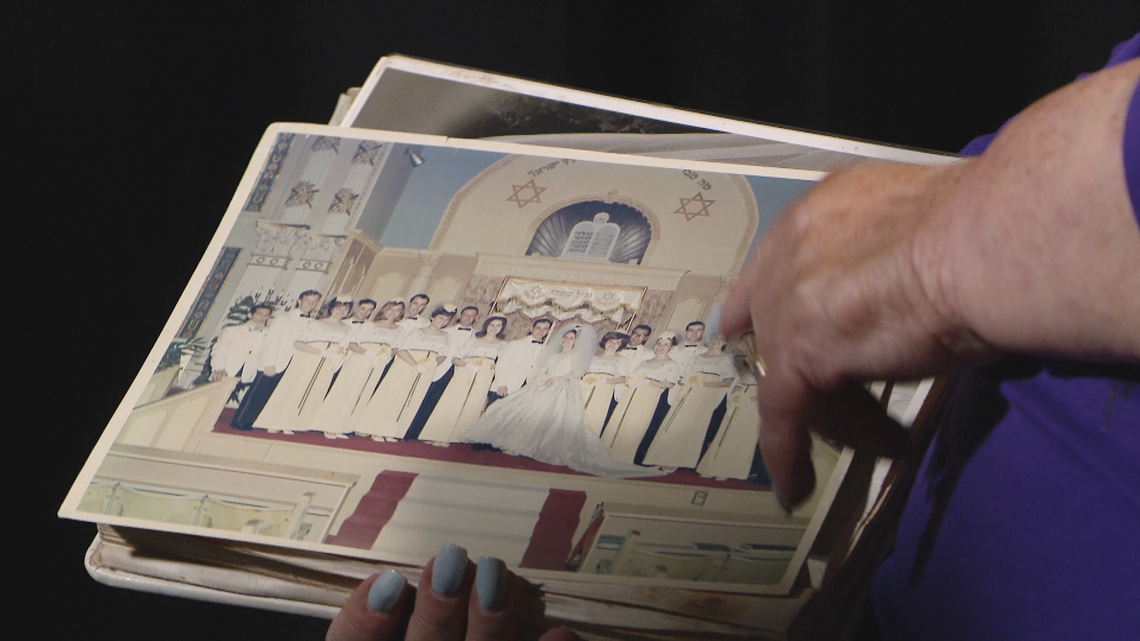
Bonnie and David’s wedding happened in the twilight of Mikro Kodesh’s time on the North Side.
By the end of the decade, as the city’s Jewish population began migrating out of the neighborhood, Mikro Kodesh merged with a synagogue in St. Louis Park and vacated Oliver Avenue North.
Just like that, the building went dark.
It remained that way for another decade — until a minister by the name of Pastor Paul Arnopoulos came along.
Sometime in 1979, Paul Arnopoulos — known affectionately as “Pastor Paul” — found himself cruising around north Minneapolis when a certain building on Oliver demanded his attention.
His wife Jeanine said her husband truly felt a calling.
“He was driving down Penn Avenue, and he happened to look over and see this beautiful building boarded up. And he was like, ‘That building is incredible,’ which it is. It is the best,” Jeanine said. “With the domes, the Lion of Judah on the front of the building, the Stars of David. It looks like a Jewish temple, there’s no doubt, you’re not wondering what kind of building that is. He saw the building and then he inquired.”

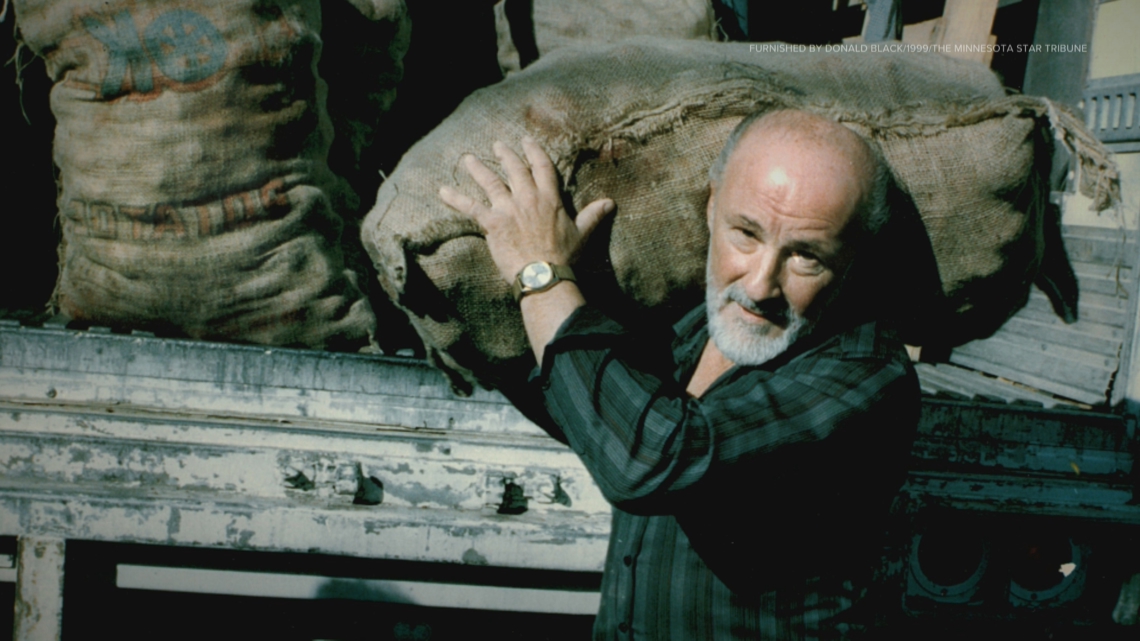
After months of renovations, Pastor Paul opened the non-denominational Disciples Ministry Church in 1980 and soon began his mission work in the same space. Although he preserved the legacy of Mikro Kodesh by keeping many of the Jewish symbols intact, Pastor Paul also recreated the space to his liking, such as by transforming the upper balcony of the sanctuary into a jobs training site for the community.
Over the next four decades, Pastor Paul and Jeanine served thousands upon thousands of Twin Cities families through his mission work, perhaps most notably through the church’s famous food giveaways. The church brought in so much food that it utilized a forklift to raise the goods from the basement onto the main floor.

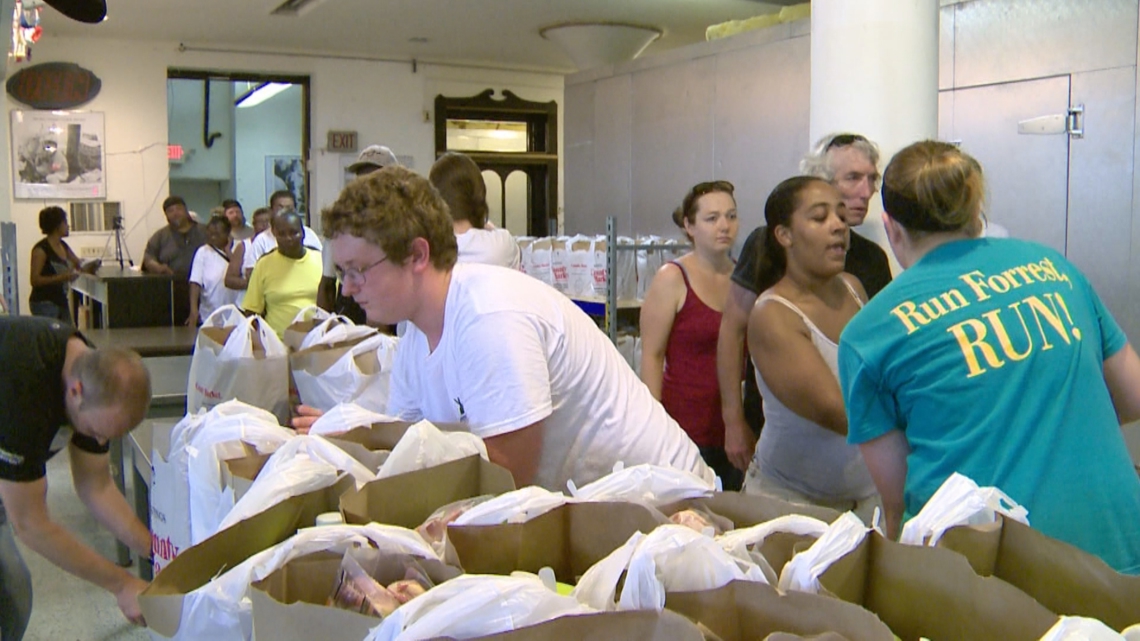
After a final food giveaway in 2012, though, the church closed for good.
“When we quit serving people in 2012, we had 11,000 households registered to receive groceries that had been in within two years, throughout the metro area. The building is very well known,” Jeanine said. “It was just a real blessing to be able to be involved in the food ministry, seeing thousands of people that came in and received food. It was just a real blessing and [Pastor Paul] was an incredible, incredible person.”
After closing the ministry, Paul and Jeanine began exploring ways to develop the property and vacant lots surrounding the 1000 Oliver Avenue building. Sadly, Pastor Paul passed away in 2020 from a heart attack, leaving the future of the building to Jeanine.
“So then I had to make a decision with the board: Should I continue to try to get this project off the ground, or sell the building?” Jeanine said. “We decided that it was really, really important to make sure the community was served by the building because it is like a north Minneapolis icon.”
Jeanine placed a “For Sale” sign on the front of the property and is now talking with potential buyers. The site on Oliver Avenue not only offers the opportunity to preserve a designated historic landmark, but it also boasts several surrounding lots that could be ripe for development. In all, the area spans nearly an acre at more than 42,000 square feet.
“I would like to see the building just being used for its intended purpose, to worship the Lord. And also to be community-minded,” Jeanine said, “so that everyone is welcome into the building.”
In recent years, many former North Siders from the Jewish community have had the opportunity to tour the old Mikro Kodesh site through an event known as “Doors Open Minneapolis.” Jeanine said she has cherished these interactions and has learned things about the building that she never knew.
Bonnie and David Blumberg participated in “Doors Open” last summer.
“You talk about nostalgia, and that’s the feeling I got when I was in there,” David Blumberg said. “But it wasn’t about all the years that had passed. It just kind of refreshed things.”

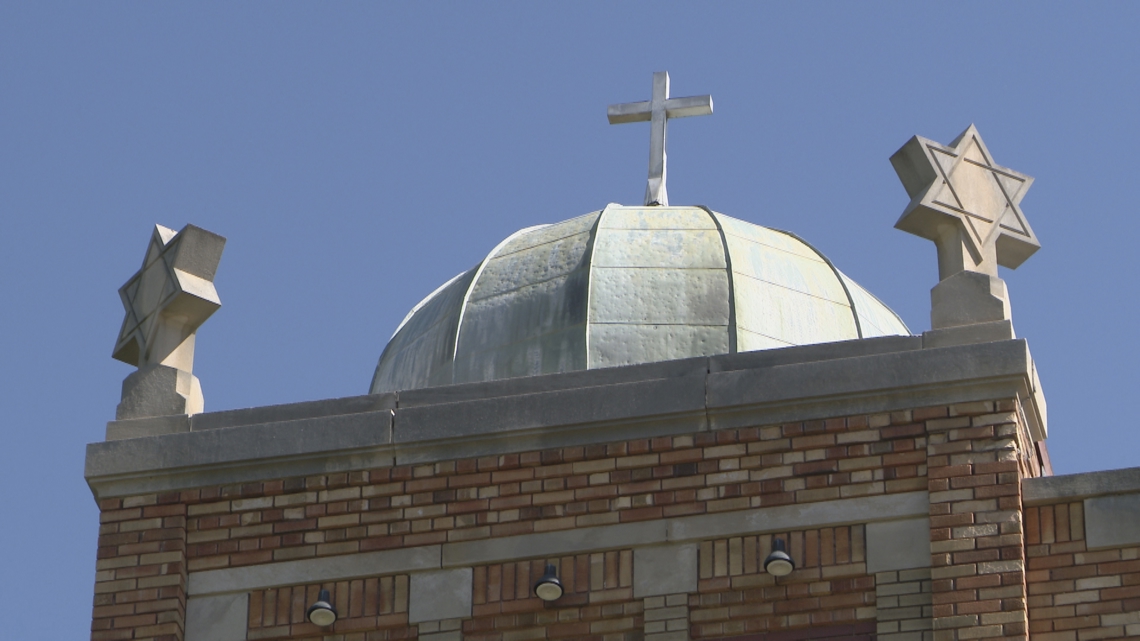
Bonnie praised Jeanine and Pastor Paul for preserving the building so well over the years.
“I didn’t see any changes, really,” Bonnie said. “It was kept to perfection.”
Moving forward, Bonnie said she’d also like to see the property at 1000 Oliver Avenue North remain a community hub.
“I’d like it to be something that people who live there now, would enjoy and use for something special,” Bonnie said. “It could be for anyone of any faith. Just open, and welcoming.”
Kare11
Third Feeding our Future defendant pleads guilty
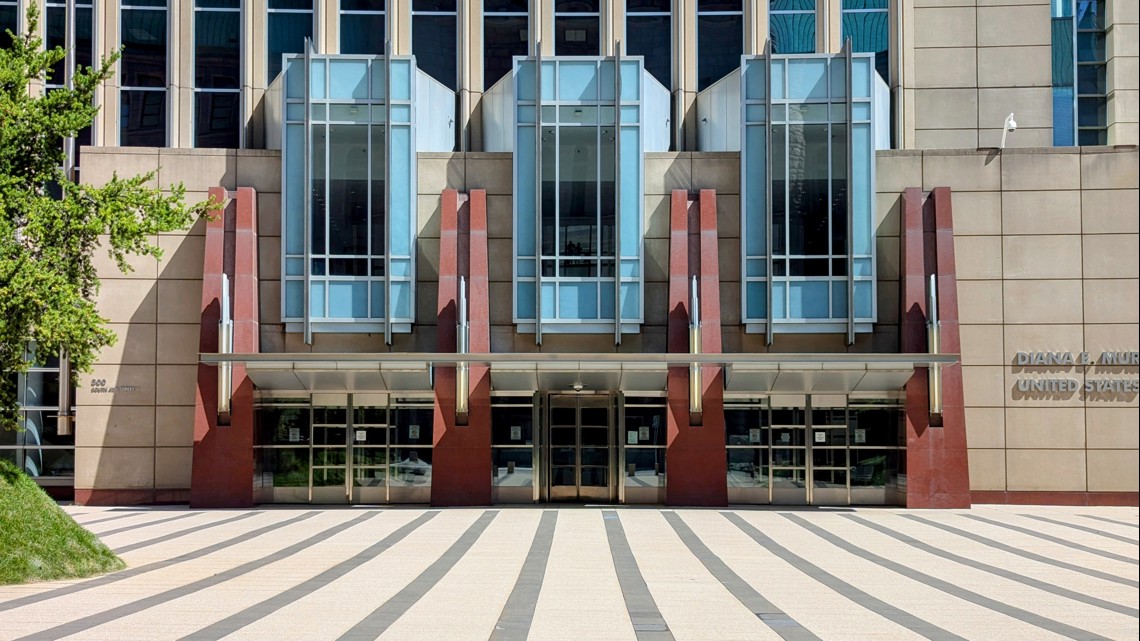

A fourth defendant from the same indictment is scheduled to plead later this month, leaving just one remaining person in the next trial.
MINNEAPOLIS — Shafi’i Tutoring & Homework Help Center in Hopkins existed before the pandemic.
But the nonprofit’s president, Khadra Abdi, admits that in 2021 with the help of Aimee Bock, the executive director of Feeding our Future, she registered the after-school center as a meal site and claimed to serve 1.1 million meals to needy children.
On Friday, Abdi pleaded guilty to wire fraud, admitting to stealing $3.4 million in federal child nutrition money.
She admitted claiming to receive food from Sambusa King, located in the same Hopkins strip, which was owned at the time by Abdulkadir Awale. He pleaded guilty last year, admitting he stole more than $2 million.
The man at the top of this particular indictment is Haji Salad, whose Facebook page shows video from 2021 giving bags of groceries to a number of cars lined up in Brooklyn Park.
But yesterday he pleaded guilty, admitting he greatly inflated the numbers, claiming he was the food vendor for 15 million meals, good for $11.4 million he spent on real estate and luxury vehicles.
The other defendant to plead guilty this week is Sharmarke Issa, who was appointed by Mayor Jacob Frey as the board chair of the Minneapolis Public Housing Authority in 2019.
Issa admits taking $3.5 million, claiming to have served 2.3 million phony meals.
Late Friday, one of the two remaining defendants in this group scheduled a hearing to plead guilty at the end of the month. That just leaves one defendant scheduled for trial in November, which makes a potential plea deal more likely.
After that, the next Feeding our Future fraud trial on the calendar is the big one in February featuring Aimee Bock.
Kare11
Are there more bees flying around this year?


Even though their population numbers are unclear, one St. Paul woman said she’s noticed more bees flying around her St. Paul community garden.
ST PAUL, Minn. — Bees and wasps seem to be everywhere as of late, but that doesn’t necessarily mean there’s more of them in the air.
“Based on just one year, we can’t really say if there are more bees or not because pollinator populations fluctuate so much from one year to the next,” said Elise Bernstein, who works at the University of Minnesota Bee Lab.
Berstein and her colleagues have a theory as to why it feels like bees are buzzing everywhere.
“I think just anecdotally, a lot of us in the field, we’re seeing things kind of shifted a little bit because we had such a wet, long, cold spring that kind of dragged on so things got started a little later, plants were blooming at different times when they usually are. I think for some bees that maybe we would’ve seen earlier in the summer, we’re just seeing later,” Berstein said.
Bernstein said it’s hard to tell how native bee populations are doing.
“For the majority of our bees, we’re not really sure how their populations are doing, you know, a lot of them are really, really tiny and some of them are just out for a really short amount of time, so it takes a lot of really close monitoring over a really long period of time to understand what’s going on with all the bees and pollinators,” Berstein said.
Even though their population numbers are unclear, Katie Schmidt said she has noticed more bees flying around her St. Paul community garden.
“There are so many bees,” she said. “Over the last couple of weeks, I think it’s really picked up.”
Schmidt and her husband come here to pick their produce two to three times a week.
“We’re growing green beans; we had sweet corn,” she said. “Just being able to come here in this space with the community and have something that you’re growing yourself. Being able to see everything grow from seed to a plant is just amazing.”
But it can be hard to show off her Minnesota State Fair third-place green beans when bees are nearby.
“I had my nieces here a couple days ago and they didn’t want to walk through a certain area because they were like, ‘Oh, my gosh, there are so many bees around’,” she said.
Bernstein said wasps are also easy to spot in September.
“This time of year is when wasp populations — so, like, yellow jackets, the paper wasps, the bald-faced hornets, those type of social wasps — their populations are at their biggest and their food supplies are starting to run out,” she said. “It feels like we’re all of sudden seeing a lot of wasps, but it’s often because they’re just looking for food in different places.”
She said bee and hornet populations will start to decline as the temperature drops.


